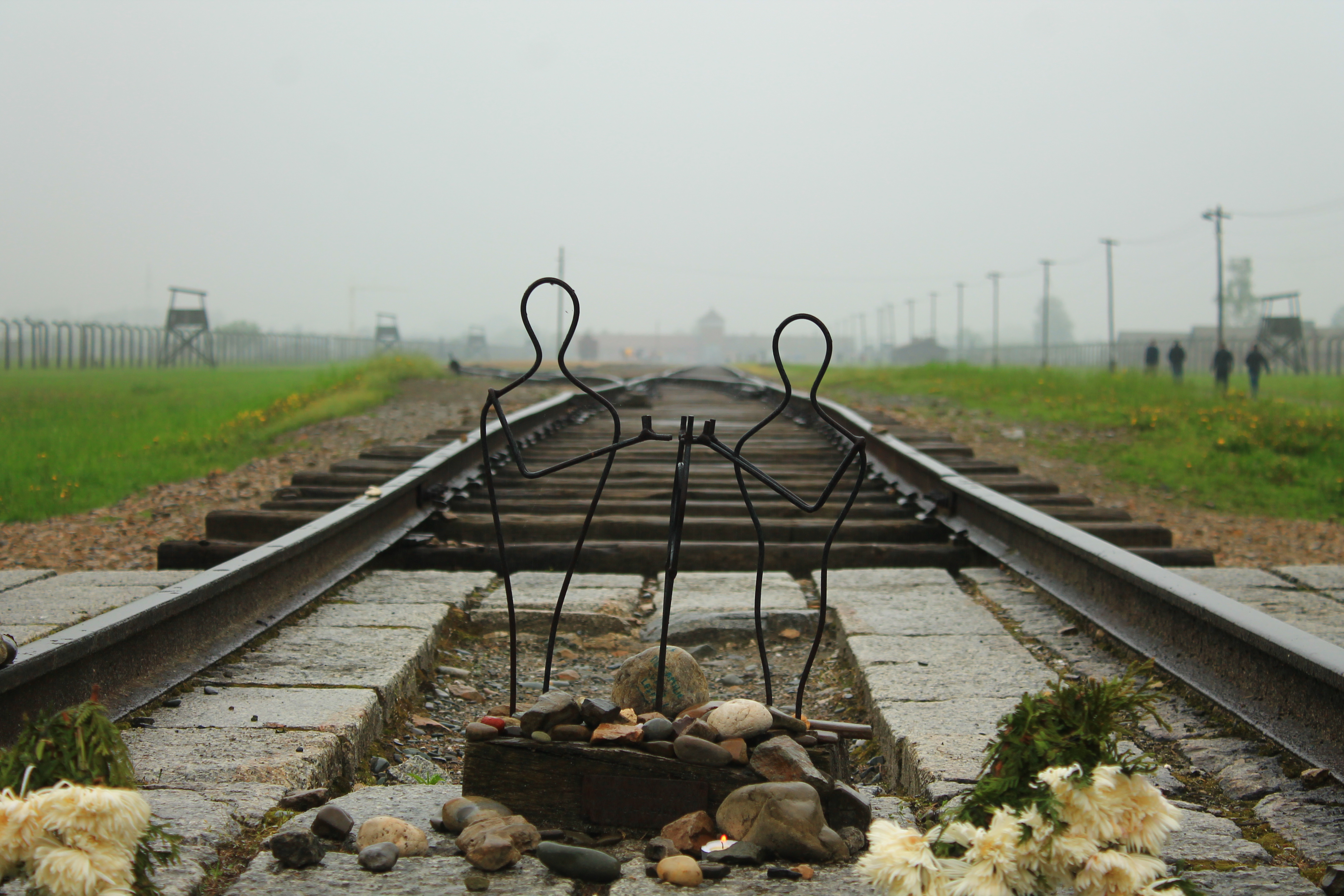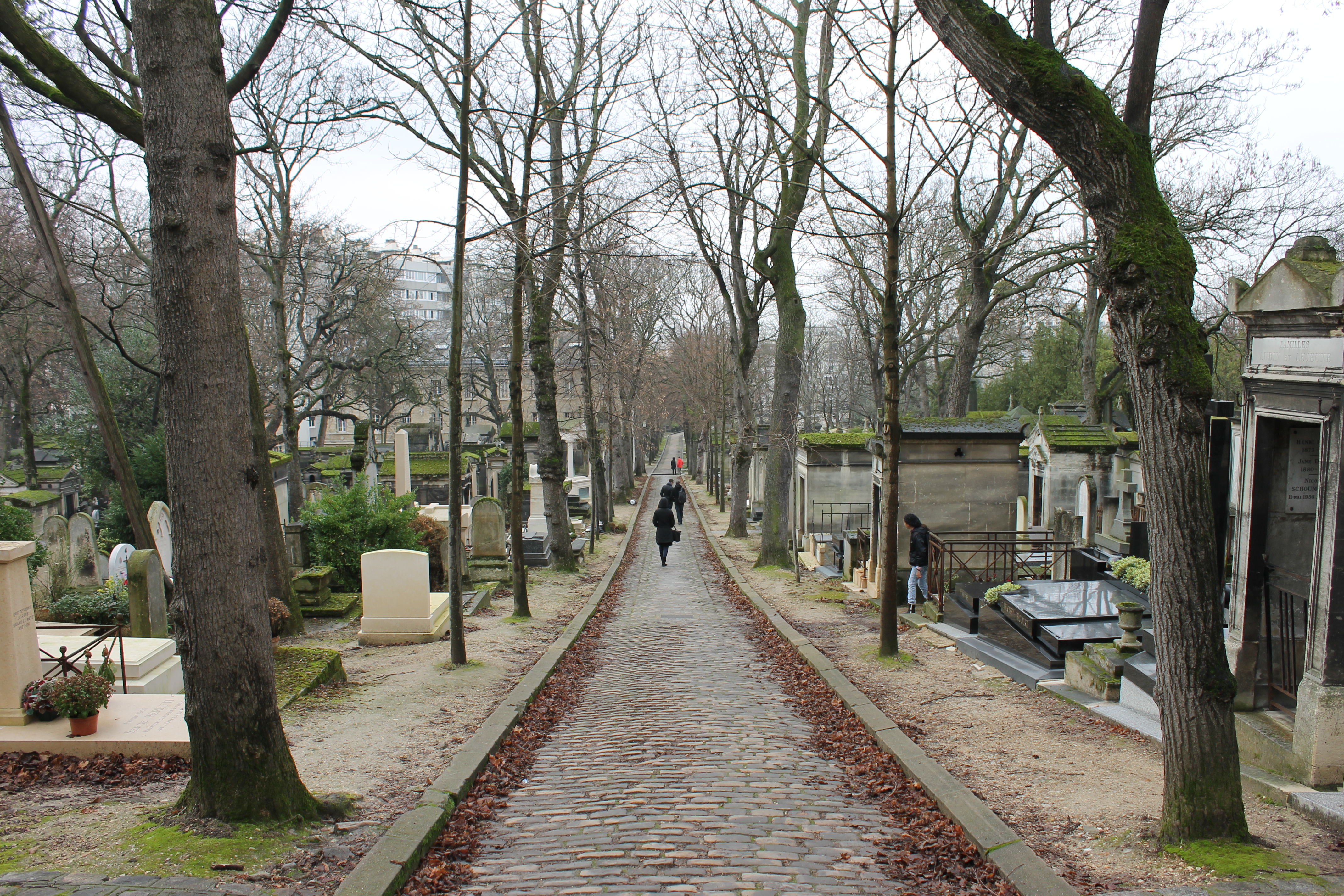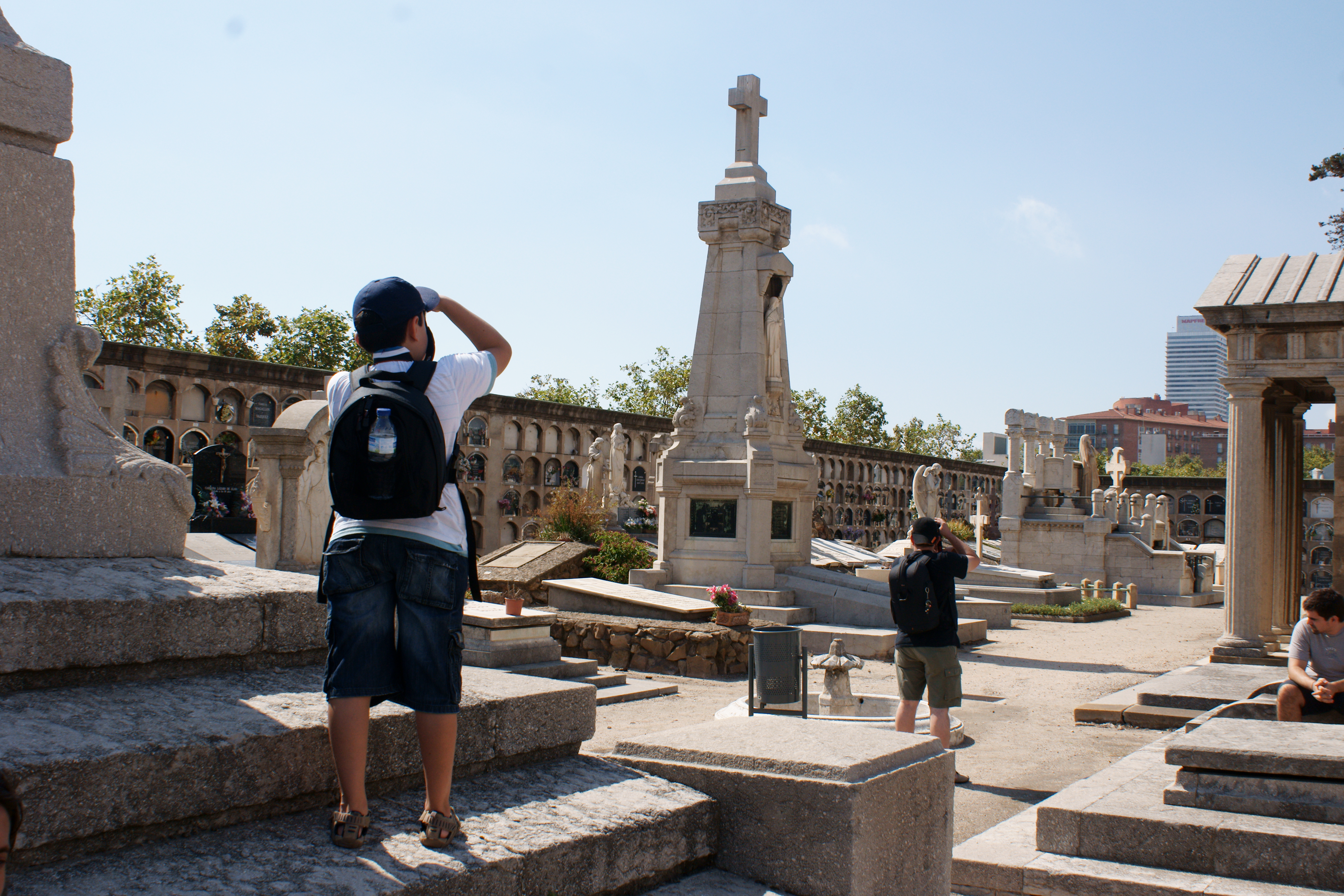10-02-2020
Necrotourism or cemetery tourism, visiting death and tragedy
Marta Salvador | Alba SudThe concept of dark tourism encompasses a contemporary phenomenon, which has lately generated a great interest in the media and the academy due to the fact that it is a new typology of tourism that has also propitiated ethical debates.

Photography by: Hotel Polissya. Source: Wendelin Jacober, under creative commons license.
We often hear about organized tours in destinations such as Chernobyl (Ukraine), Alcàsser (Spain), The Auschwitz-Birkenau Memorial and Museum (Poland), Hiroshima (Japan), etc. The journey to these kinds of destinations linked to death and tragedy or where death and suffering have taken place or been memorialized has been termed as dark tourism. Despite the fact that nowadays there is no global typology nor a universally accepted definition, the concept dark tourism was created by Malcolm Foley and John Lennon in the year 2000 with the publication of the book Dark Tourism: The Attraction of Death and Disaster. This type of tourism is known with other connotations, such as thanatourism, even though according to Light (2017), this last one is a more specific concept which refers to long-term travels motivated by a wish to encounter death.
The beginning of dark tourism is found at the end of the 20th century, a moment when people started travelling to places related to death, not because of philosophical or spiritual reasons, but rather curiosity or morbidity (Dancausa et al., 2019). This moment matches the emergence of new post-fordism forms of consumption which aimed for particular and significant experiences for the tourists, which has contributed to increasing the interest of a potential market to this new modality of travel. As has happened with other forms of post-fordism tourism such as volunteer tourism or slum tourism, the link uniting tourism and death has turned into the main topic of research in academic studies. Moreover, in the year 2012, The Institute for Dark Tourism Research was created at the University of Central Lancashirein England, specialized in this new phenomenon.
One of the main interests of the academy and that it has also generated debates in mass media is the motivations of people who practice dark tourism. According to Bigley et al. (2010), motivational factors can be divided into intrinsic (interns or emotional for tourists) or extrinsic (cognitive or external to the attributes of the place or the visitant). In the first case, we find motivations related to the fact of taking an interest to know the history of the place as an experiential learning; self-identifying with the visited area; commemorating the victims or people implied; facing personal questions about death and tragedy; being curious and having morbidity; or experimenting longing towards a past event. In the second case we find motivations related to education, in the sense of understanding why or how an event took place; to the memory, to remember the causes and results of the events; to the artefacts, to see the material culture or symbolic representations related to places or events or to their sacralisation (the process of assigning identity, sense and cultural value).

Auschwitz memorial. Source: Roberto de la Parra, under creative commons licence.
However, all these motivations have been criticized when the behaviour of the tourists has come across as disrespectful towards the place they were visiting. One case with high impact in mass media and social media is the concentration camps of Auschwitz, where lots of visitants took pictures of themselves balancing on the railroads which carried prisoners to their death. For this reason, the direction of the memorial itself asked for respect for the more than one million deaths and demanded tourists for adequate behaviour. As Rafael Borràs explained in Alba Sud, all these places of historical memory nowadays are at risk of becoming trivialized by tourism, it is, transforming from a historical role to a mainly touristic one.
What is necrotourism or cemetery tourism?
Currently, dark tourism implies localizations in battle areas, prisons, slavery places, cemeteries, places of the Holocaust or others with huge suffering. For this reason, dark tourism tends to be used as an umbrella word for any of the types of tourism related to death, suffering, atrocity, tragedy or crime (Light, 2017). Among these subtypes of dark tourism, necrotourism or cemetery tourism is found. It is described as the type of tourism where cemeteries are visited with the aim of discovering their artistic, architectonic, historic and landscape heritage, apart from knowing legends of death. However, some academics consider cemetery tourism as cultural tourism (Tomašević, 2018).
As this same author explains, the visit to a cemetery can be the main or secondary motivation of the trip. It is for this reason that, depending on the motivation of the visit, necrotourism can be divided into different subgroups: ancestral (visiting familiar graves); cultural (visiting cemeteries as open-air museums with tombs of famous poets, writers, actors, scientists, Nobel Prize award-winners, etc.; as the cemetery in the village of Ivars de Lleida, where the poet Maria Mercè Marçal is buried); national (visiting commemorative spaces or memorials such as the Peace Memorial of Hiroshima); natural (visiting rural cemeteries or gardens as the Mont Auburn cemeteryin Massachusetts); political (visiting tombs of kings, presidents, prime ministers or political celebrities as the cemetery of Do Cajú in Rio where the politician and activist Marielle Franco is buried); religious (visiting tombs with religious importance as the grave of Christ, found in the church of the Holy Sepulchre in Jerusalem.

Cemetery of Père-Lachaise, Paris. Source: Joaquín O. C., under creative commons license.
Even though cemeteries are considered an active part of urban and historical contexts and are part of the cultural and identity landscape in many cities around the world, they have not always been accessible to the public. As Tomašević (2018) explains, in the 19th century, before the creation of public parks, cemeteries doubled as areas of leisure for the families to enjoy the calm and relaxed landscape. Later, cemeteries were closed to the public with the goal of creating a quiet ambience for grieving, more intimate and respectful, exclusively for those who wished to visit their buried relatives. During the 20th century, the great majority of cemeteries were again opened to the visitors, despite the fact that some are still private to avoid masses and vandalism.
As was mentioned at the beginning, this opening of cemeteries as tourist attractions appears in a post-fordist era which already provoked changes in the ways of commodifying these new trends of tourism. Nowadays the offer to visit cemeteries has been enlarged, especially with the creation of the European Cemeteries Route, recognized in 2010 as a cultural itinerary by the European Council, which allows uniting in one cultural route the most important patrimonial cemeteries of Europe. More concretely, this route of 125 cemeteries was launched by the Association of Significant Cemeteries in Europe (ASCE), which, from 2001, works to preserve cemeteries as an important part of the cultural European heritage and for citizens to be aware that these places are part of the heritage of their cities, since they represent the reflection of their history, art, culture and social development through the years. Moreover, every year this association celebrates the Week of Discovering European Cemeteries full of events around the continent, such as exhibitions, concerts, guided tours, dramatized visits and workshops.

Tourists in the cemetery of Poblenou. Source: Ferran Pestaña, under creative commons license.
In a Spanish level, the Association of Municipal Funeral Homes and Cemeteries (AFCM) launched the initiative “Living Cemeteries” in order to give visibility and spread the artistic, historic, cultural and landscape heritage of Spanish cemeteries. Nowadays this network is formed by a total of 38 cemeteries with detailed and complete information about them and the options to visit them. In the case of Barcelona, a city included in Living Cemeteries and the European Route of Cemeteries, its offer to visit cemeteries is managed by the same company that eases funerary services to the whole city. This company is Cementiris de Barcelona, S.A., which from June 2004 has included routes in the cemeteries, starting in Poblenou and extending its offer to Montjuïc, Les Corts and Sant Gervasi.
The ethic debates presented by necrotourism
The growth of this new tourist offer has also been seen in mass media, which echoes a rising interest in necrotourism around the world. Some newspapers show examples of cemeteries that have turned into tourist attractions, even using rhetorical expressions such as “Cemeteries you need to visit before you die”. At the same time, the debates around these trends that look for new destinations and experiences, the desire to live heavy and authentic emotions, the curiosity for the tragedy born from a past or present disasters or crisis, have grown, which shapes the reason behind the increasing demand of dark tourism.
This new post-fordist trend, together with others abovementioned such as voluntourism or slum tourism, is creating a new way of travelling, but is also stating as a phenomenon that brings new moral and ethical debates that go beyond the ones the tourist industry has had to face up until now. One of the main questions is the commodification of the tragedy. Despite death being a taboo in our daily lives, necrotourism reveals the predisposition of people to visit places where death is extremely present. One of the effects this commodification may have is the banalization of the space as a funerary place. This is the case of the Gizeh Pyramids (Egypt) where, due to the tourist promotion of a well-consolidated destination, this huge necropolis has stopped being seen as such to evolve as just cultural heritage.
Another question raised is the blurring of the line that separates public and private spaces, as happens in cemeteries. These areas, traditionally dedicated to those willing to grieve, have turned into tourist attractions where the private and the leisure visit happen at the same time. In this sense, it is necessary to take into account the diverse uses that live together in the same spot when offering these services to any visitor, never mind their motivation. Therefore, it is necessary to consider the following: if tourism has reached such intimate locations as death, how far are we willing to let it apprehend our lives?
